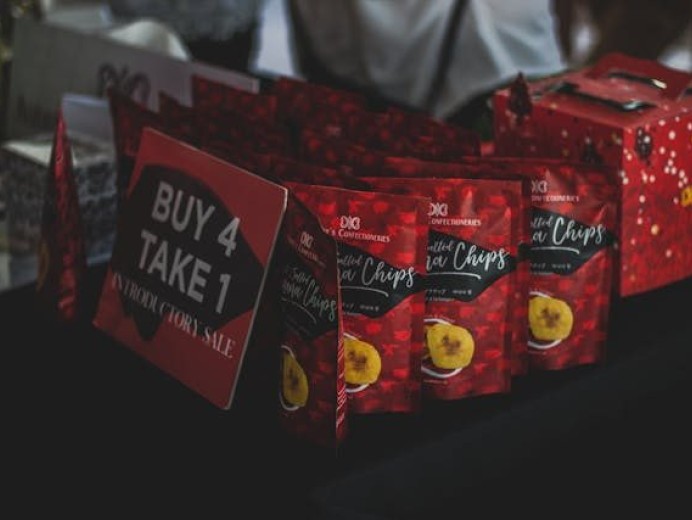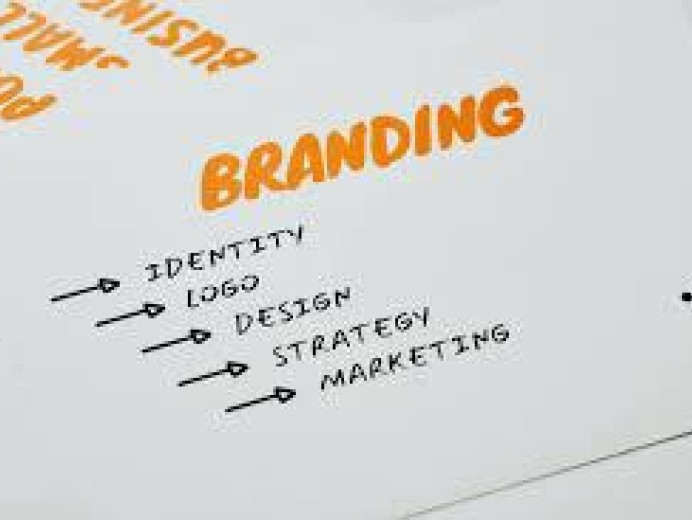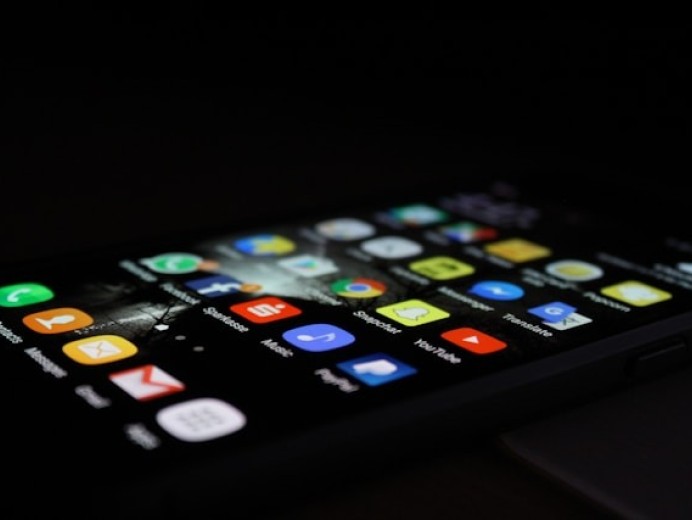How To Rebrand: The Best And Worst Rebrands Of Recent Times
Rebranding can be a daunting prospect. A few wrong moves and you risk undoing years of brand building and losing iconic identities. When figuring out how to rebrand, it’s important to remember that no two brands are the same, and neither are two rebrands. Reasons for rebranding and goals of a rebrand will dictate how to rebrand. But, to give yourself the best chance of a successful rebrand, we can look to both successful and unsuccessful rebrands of recent times.
The Worst Rebrands Of All Time
Let’s start with the bad. There are many examples of rebrands that were met with a negative reaction. If you are wondering how to rebrand, here are a few examples of rebrands that went wrong and the reasons for their failure.
Gap
When it comes to the worst rebrands, Gap’s controversial efforts in 2010 provided us with one of the most-discussed (and disliked) rebrands of the 21st century. The original Gap logo featured the company name in a serif font, on a navy blue square. Yes, it was simple, but it was also recognisable, iconic and loved.
The new Gap logo ditched the capitalised brand name, used the Helvetica font and reduced the iconic square background to a tiny square in the upper right corner.
Making changes to identities that have stood the test of time is always risky, but Gap missed the mark by more than most. Not only did they lose their iconic identity, but the brand was also left looking plain and generic, arguably resembling a financial institution more than a clothing company.
Fortunately, the instant backlash meant the company went back to its old logo before one of the worst rebrands had been rolled out beyond the US.
Tropicana
For food & drink brands, rebranding efforts generally impact product packaging. This was the case when Tropicana tampered with their celebrated carton in favour of one of the worst rebrands of all time in 2009.
Tropicana’s original packaging wasn’t just recognisable, it worked. The ripe, juicy orange with a straw planted through the middle showed consumers exactly what they wanted to see and did a perfect job of illustrating how the brand should appear in the mind of a consumer. For some reason, the brand briefly considered canning the legendary orange for a less imaginative glass of orange juice before negative reactions put a stop to this.
The lesson here is creativity. Sometimes, to best represent a product, show the consumer something other than the product itself. Show them an exaggerated version. In the case of Tropicana, their original packaging did this perfectly. Thirsty consumers were made to feel like they were about to drink the juices of a freshly picked orange, which would’ve been completely lost with the rebranded packaging.
Leeds United
Football fans in the UK might remember Leeds United’s very brief club crest change before criticism from club fans forced the club to ditch plans to stick with what would have potentially been regarded as the worst rebrand of all time in the sporting world.
Club crests generally remain untouched for large periods apart from the odd touch-up from time to time. While brand refreshes are common, full rebrands are almost unheard of for sports teams and franchises. But this is exactly what Leeds went for.
To fans and supporters, club logos are like sacred symbols. And this is where Leeds got it so wrong. They completely disregarded the strong, emotional connection that fans had with the club’s identity and took the crest in a completely new direction.
To be fair to the people behind the design, the logo would’ve likely been met with a negative reaction regardless of the finished product. If you’re currently considering how to rebrand, this is the perfect example of how important it is to consider any prior attachment to a brand’s visuals. In this instance, and possibly in yours, refreshing rather than overhauling an already renowned look would’ve perhaps worked better.
The Best Rebrands Of All Time
That’s enough of the bad, what about the best rebrands of all time? The examples below, in our opinion, all show exactly how to rebrand.
Dunkin’ Donuts
Since 1976, the Dunkin’ Donuts logo has barely changed. But there was one problem as a result, some consumers assumed that Dunkin’ only sold donuts. This sparked the need for a rebrand, and in 2019, Dunkin’ dropped the donuts from its official brand name.
The rebrand was rolled out across Dunkin’’s stores, packaging and social media. But in terms of the logo, the brand chose to remove the word donuts but nothing else. As a result, consumers continued to recognise the brand but no longer associated them solely with donuts.
This is a perfect example of a rebrand meeting its goals, something that can not be overlooked when deciphering how to rebrand.
The original Instagram logo featured a camera which did a good job of giving people an idea of what the new app did. However, fast forward six years and times had moved on. Cameras had been replaced by phones so the logo no longer told people what the app did.
It also left the Instagram logo looking outdated, old-fashioned and subsequently, in need of a rebrand. This is a great example of when it’s ok to take the brand in a new direction. The current Instagram logo features a stripped-back icon rather than an actual camera as well as a striking, bright gradients background to leave the logo looking more present day.
The logo is now instantly recognisable, and most could probably draw it from memory if you asked them to, demonstrating that this is one of the best rebrands.
Starbucks
The Starbucks logo has always featured a mythological siren at the centre of a circular logo. From 1971, the logo had the Starbucks brand name written around the outside. However, in 2011, the brand removed any mention of the company name and rebranded with the stripped-back version of the logo that we see today.
The cleaner logo features only two colours, contains no words and focuses solely on the siren character. The Starbucks rebrand was likely inspired by a move towards a more minimalist identity, in line with trends in the design world. Only using green and white also helps to position the brand as sustainable and fresh considerations that have become increasingly important to coffee consumers today.
The Starbucks refresh is another example of a great rebrand. The logo still obviously belongs to Starbucks, even if there is no mention of the brand name. At the same time, it capitalises on current trends and reacts to the changing priorities of consumers.
How To Successfully Rebrand
When considering how to rebrand, bear in mind that a successful rebrand for one company looks very different to a successful rebrand from another company. It all comes down to what you are trying to achieve when rebranding.
A company that is trying to expand its offering in the minds of consumers may need a small brand refresh, as was the case with Dunkin’. On the other hand, a brand that has suffered from years of negative PR may need a complete brand refresh, similar to Hermes which rebranded to Evri.
Other factors include changing attitudes of consumers, design trends and how recognisable the brand is prior to any rebrand.
As a Manchester branding agency, we’ve helped countless clients with their rebranding efforts. If you’re unsure how to rebrand, consider reaching out to us here at BGN and one of our team will jump on a call with you.




